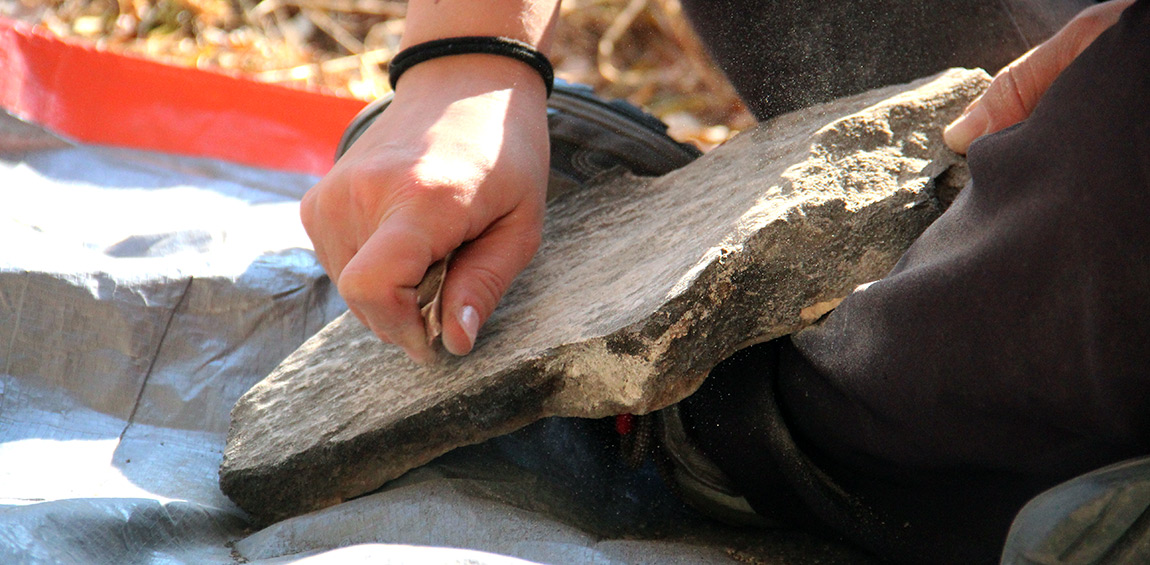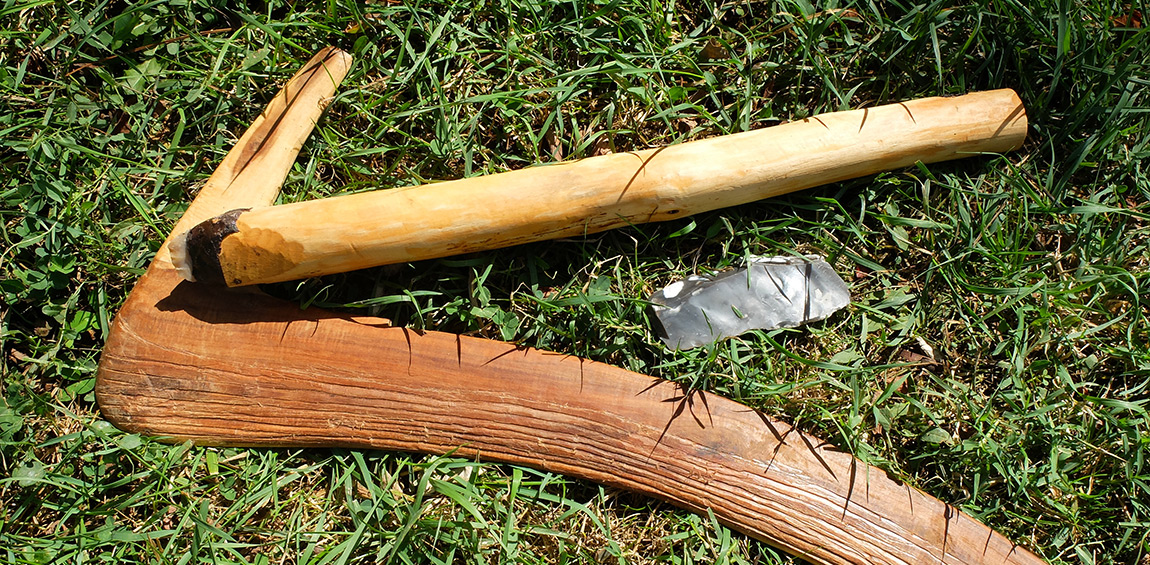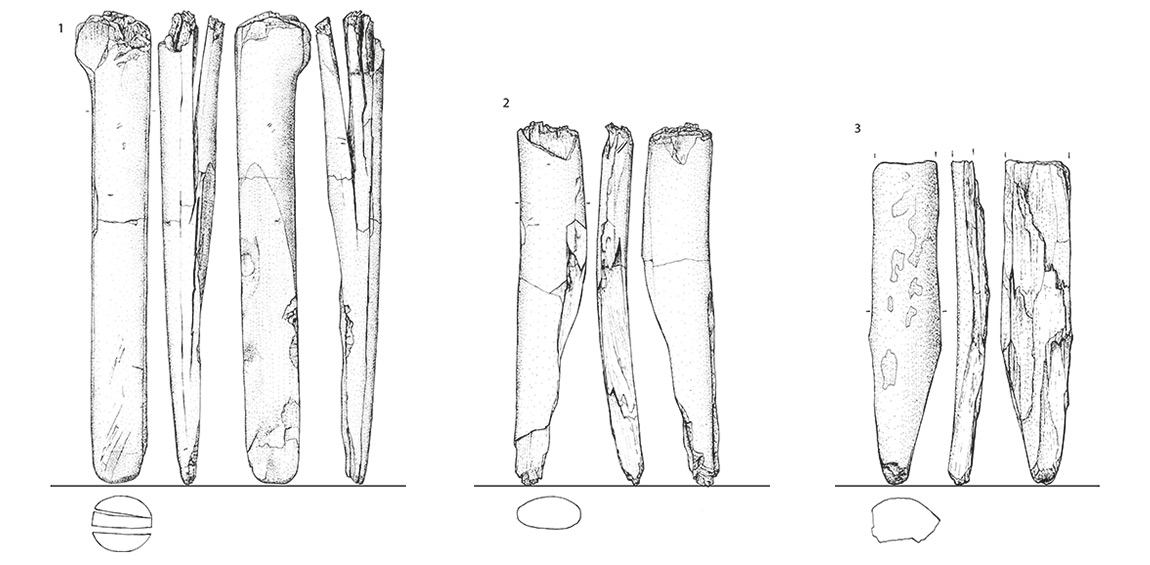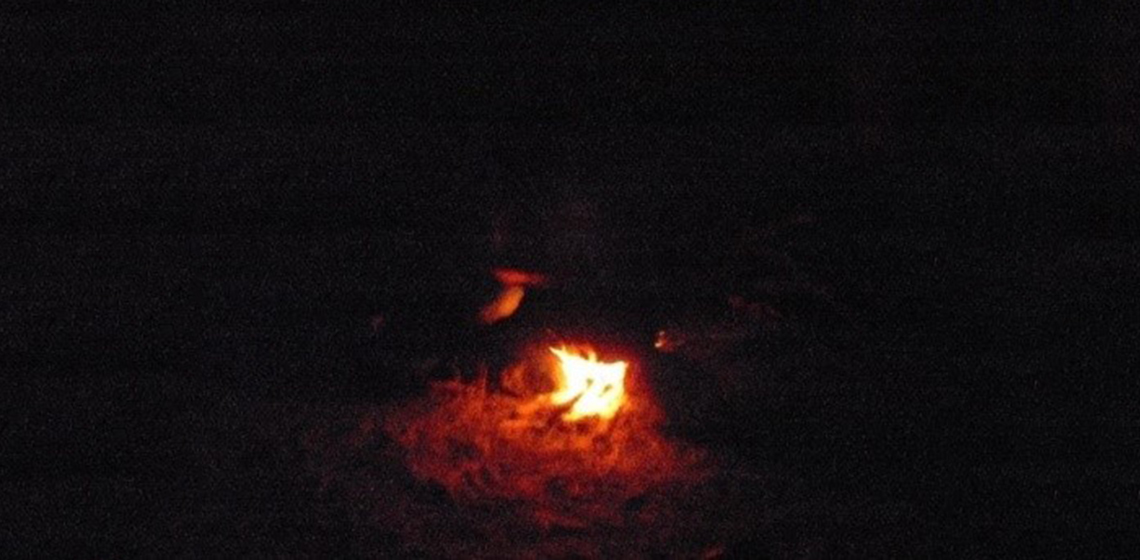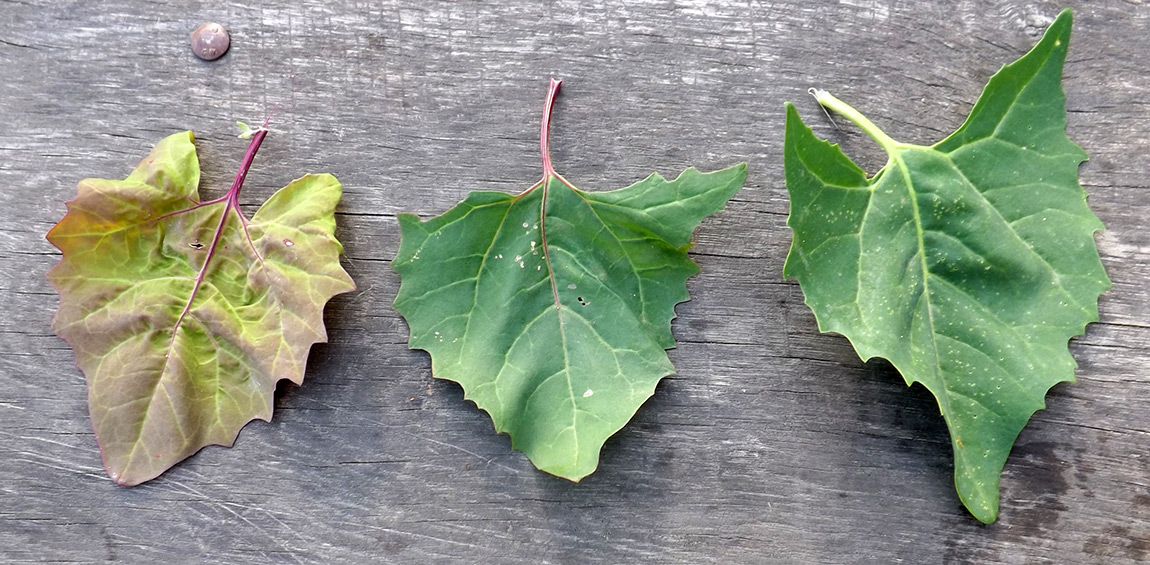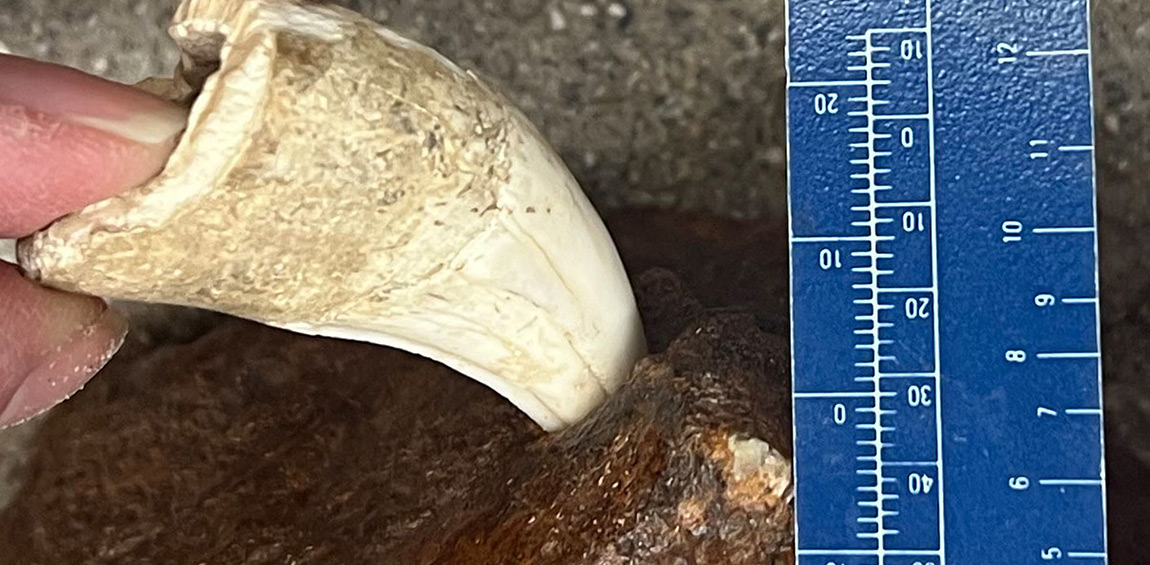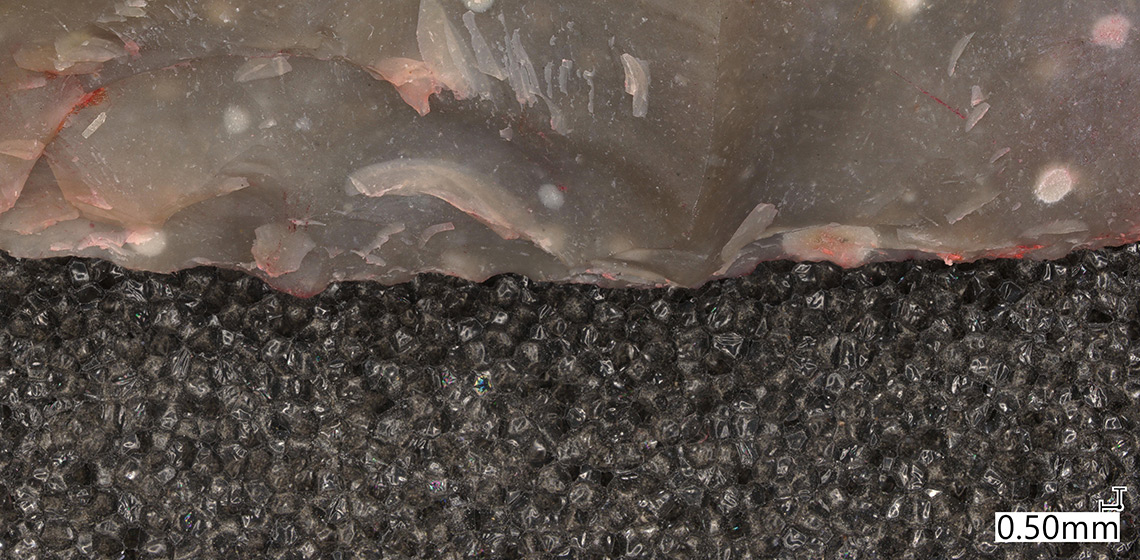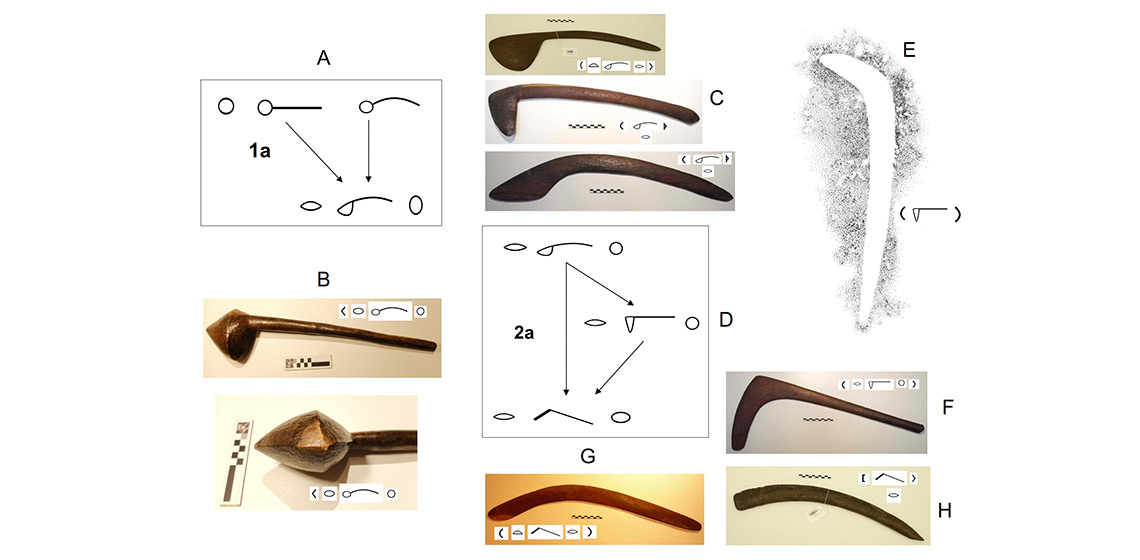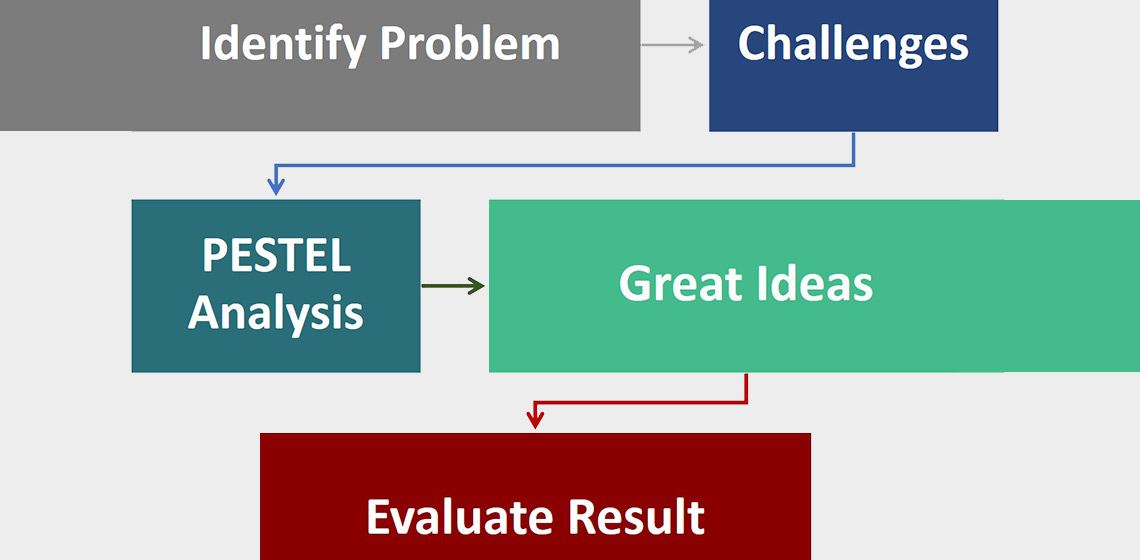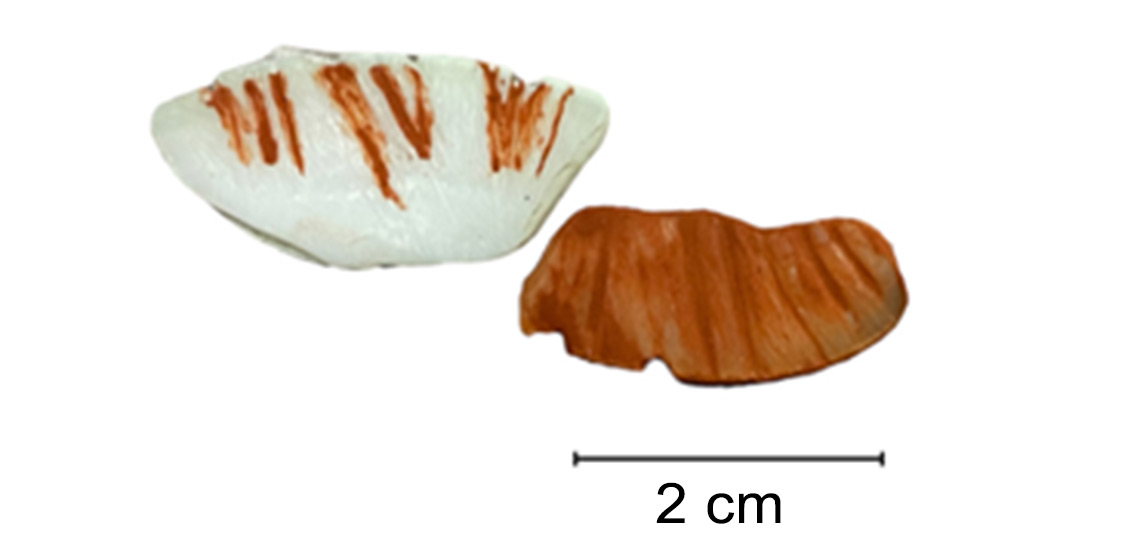Palaeolithic
Between Function and Symbolism: Experimental insights from Mghvimevi
Investigation of the Practical Functions of Fluting on Throwing Sticks and on Other Ethnological Wooden Artefacts
Innovative Osseous Technologies of the Early Upper Palaeolithic of the Swabian Jura – The Age of Ivory
Lighting the Dark in The Palaeolithic: Examining Variation in Light between Different Wood Species Using a Randomised Firewood Collection Strategy
Black Ash - a Forgotten Domestication Trait in Garden Orach (Atriplex hortensis L.)
Garden Orach (Atriplex hortensis L.) is a vegetable plant of minor importance but with a wide distribution throughout the Old World and beyond. Previous research revealed its diverse medicinal and magical importance in prehistory. Here, Orach’s special ability to retain sodium even in non-saline ground is introduced. The outstandingly high concentrations of sodium in dry plant matter and plant ash suggest its use as a salt substitute, manifested in an early domestication trait. Special attention is paid to the variability of this trait in cultivars from different geographic regions and within the genus Atriplex. ..
Simulating Organic Projectile Point Damage to Bison Pelves
A large Bison sp. pelvis was discovered eroding out of shoreline sediment at American Falls Reservoir in Bingham County, Idaho in 1953. The ischium section had a unique groove and perforation with a depth of 35 mm and 10 mm in diameter. The pelvis was X-rayed in 1961 for indicators of the origin of the damage, but it could not be ascertained, and human agency could not be ruled out. For the research presented here, the pelvis was CT scanned to look for any foreign material in the perforation and to determine the three-dimensional structure...

